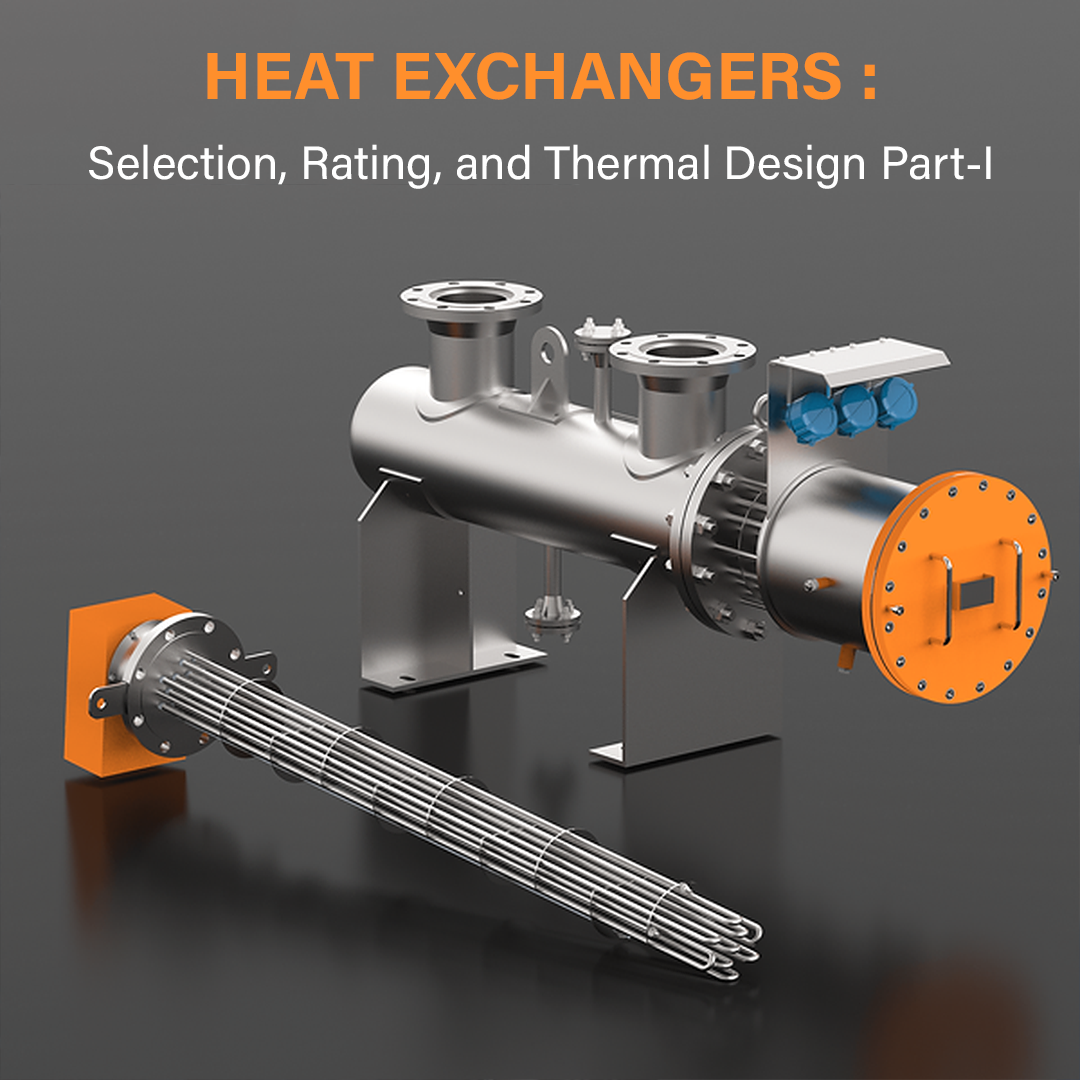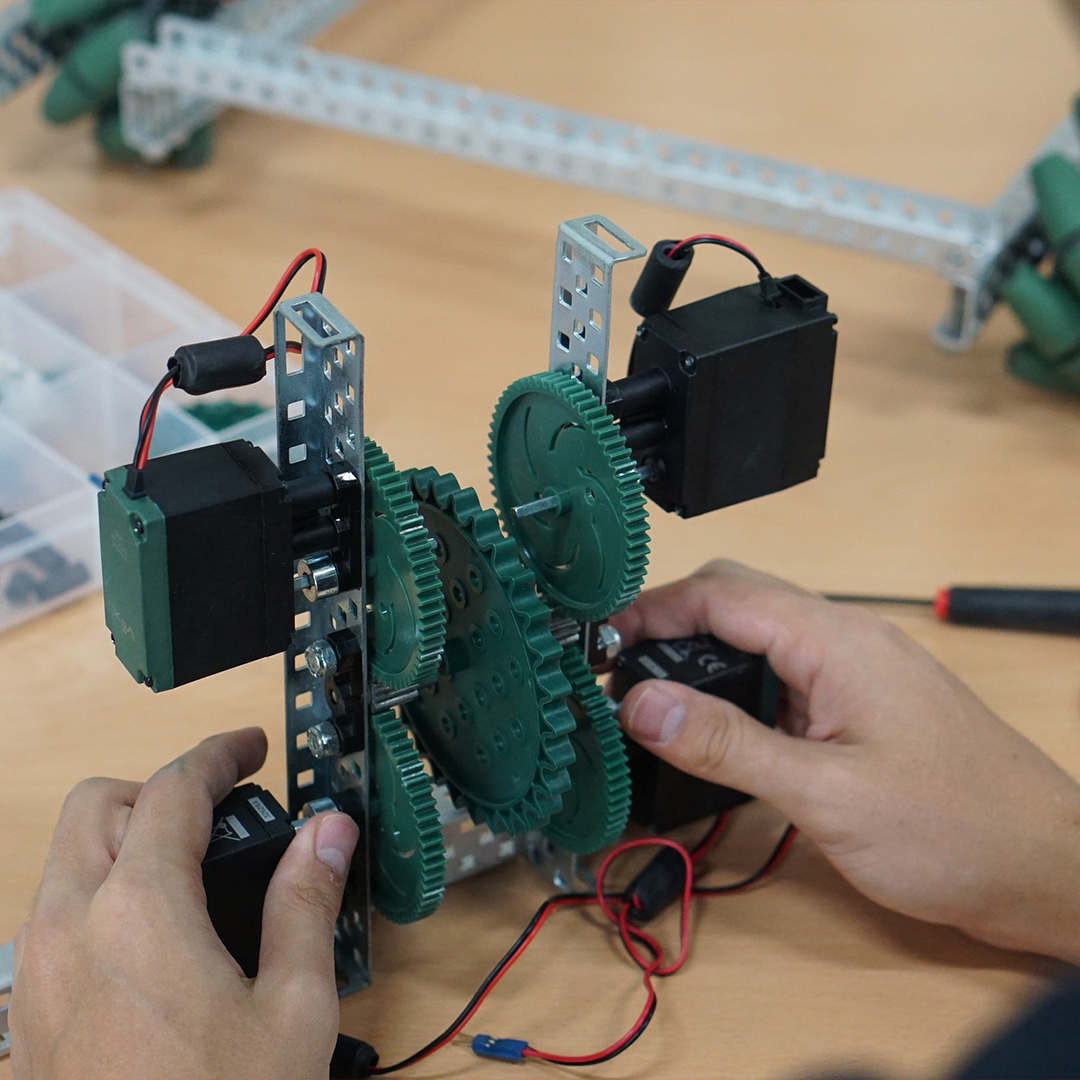HEAT EXCHANGERS: Selection, Rating, and Thermal Design is a course that covers the fundamental principles, design, and analysis of heat exchangers. Topics covered include types of heat exchangers, selection criteria, rating methods, thermal design, and performance analysis. The course is intended to provide students with a solid understanding of the fundamental concepts and practical applications of heat exchangers in various industries such as power generation, chemical processing, and HVAC. The course is designed for mechanical engineering students and professionals in related fields such as chemical engineering, aerospace engineering, and energy engineering.
Topics we covered in this course:
1. Classification of Heat Exchangers
1.1 Introduction
1.2 Recuperation and Regeneration
1.3 Transfer Processes
1.4 Geometry of Construction
1.5 Heat Transfer Mechanisms
1.6 Flow Arrangements
1.7 Applications
1.8 Selection of Heat Exchangers
2. Basic Design Methods of Heat Exchangers
2.1 Introduction
2.2 Arrangement of Flow Paths in Heat Exchangers
2.3 Basic Equations in Design
2.4 Overall Heat Transfer Coefficient
2.5 LMTD Method for Heat Exchanger Analysis
2.6 The ε-NTU Method for Heat Exchanger Analysis
2.7 Heat Exchanger Design Calculation
2.8 Variable Overall Heat Transfer Coefficient
2.9 Heat Exchanger Design Methodology
3. Forced Convection Correlations for the Single-Phase Side of Heat Exchangers
3.1 Introduction
3.2 Laminar Forced Convection
3.3 Effect of Variable Physical Properties
3.4 Turbulent Forced Convection
3.5 Turbulent Flow in Smooth Straight Noncircular Ducts
3.6 Effect of Variable Physical Properties in Turbulent
3.7 Summary of Forced Convection in Straight Ducts
3.8 Heat Transfer from Smooth-Tube Bundles
3.9 Heat Transfer in Helical Coils and Spirals
3.10 Heat Transfer in Bends
4. Heat Exchanger Pressure Drop and Pumping Power
4.1 Introduction
4.2 Tube-Side Pressure Drop
4.3 Pressure Drop in Tube Bundles in Crossflow
4.4 Pressure Drop in Helical and Spiral Coils
4.5 Pressure Drop in Bends and Fittings
4.6 Pressure Drop for Abrupt Contraction, Expansion, and Momentum Change
4.7 Heat Transfer and Pumping Power Relationship
5. Micro/Nano Heat Transfe
5.1 PART A—Heat Transfer for Gaseous and Liquid Flow in Microchannels
5.2 PART B—Single-Phase Convective Heat Transfer with Nanofluids
6. Fouling of Heat Exchangers
6.1 Introduction
6.2 Basic Considerations
6.3 Effects of Fouling
6.4 Aspects of Fouling
6.5 Design of Heat Exchangers Subject to Fouling
6.6 Operations of Heat Exchangers Subject to Fouling
6.7 Techniques to Control Fouling
7. Double-Pipe Heat Exchangers
7.1 Introduction
7.2 Thermal and Hydraulic Design of Inner Tube
7.3 Thermal and Hydraulic Analysis of Annulus
7.4 Parallel–Series Arrangements of Hairpins
7.5 Total Pressure Drop
7.6 Design and Operational Features






















































Ebin Thomas
-
20 Oct 2024A professional and comprehensive introduction to thermal design of heat exchangers